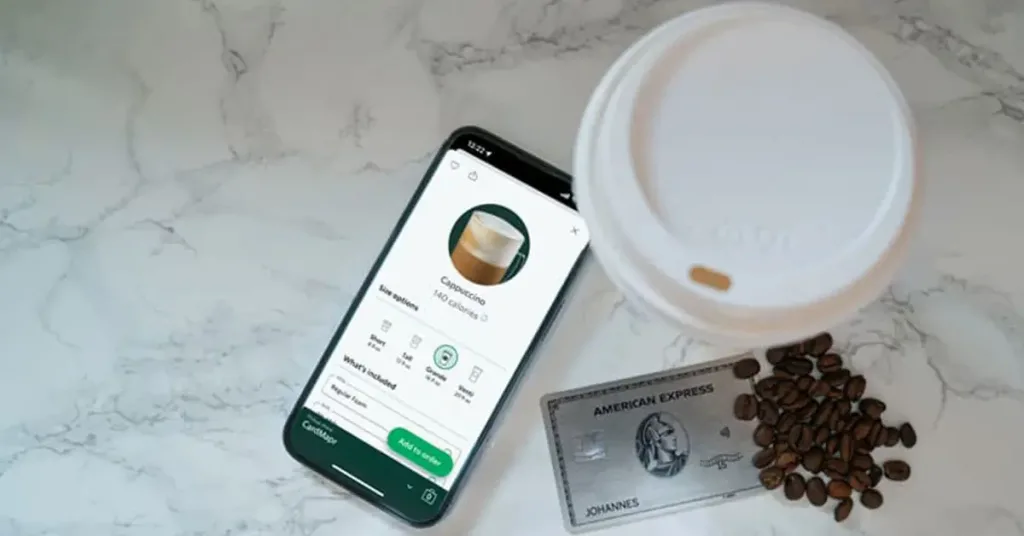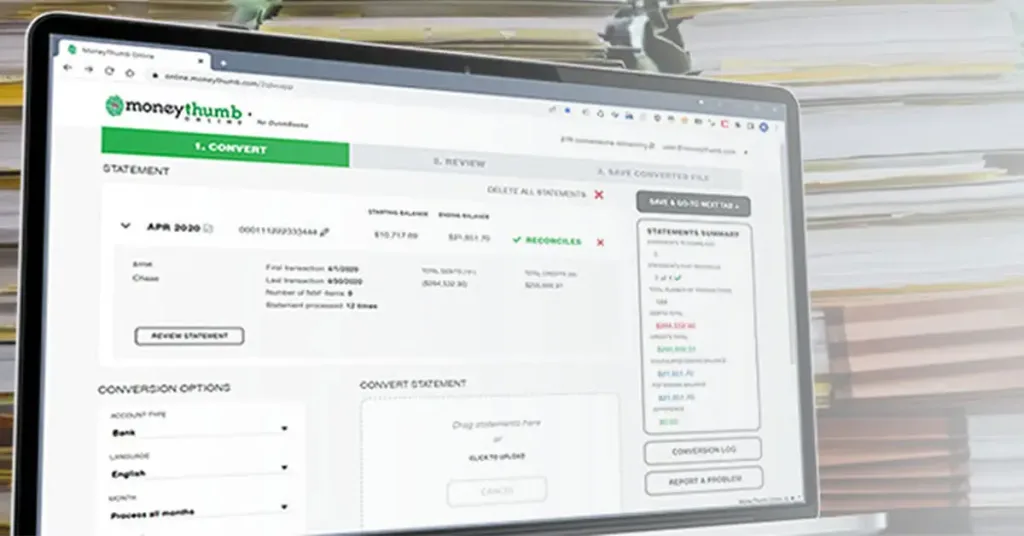When we think of peer-to-peer lending, most of us tend to think of borrowing money from someone in our peer group, like a rich friend or uncle. However, the truth is, peer-to-peer lending is a very viable, professional, rapidly growing niche of the lending sector. One of the most attractive things about peer-to-peer lending is that it removes the middleman between buyers and sellers. Peer-to-peer (P2P) lending, also known as "social lending," lets individuals lend and borrow money directly from each other. There are many professional platforms of peer-to-peer lenders, such as LendingClub, Prosper Marketplace, Upstart, Funding Circle, CircleBack Lending, and Peerform, to name just a few.
A finding by Transparency Market Research suggests that “the opportunity in the global peer-to-peer market will be worth $897.85 billion by the year 2024, from $26.16 billion in 2015. The market is anticipated to rise at a whopping CAGR [Compound Annual Growth Rate] of 48.2% between 2016 and 2024.”
While P2P lending in the U.S. is still in its infancy, it is growing at a faster pace in comparison to other financial services. China’s peer-to-peer lending market is the largest and the most dynamic in the world with more than 4,000 providers operating in the market today compared to just 50 providers at the end of 2011. Although there isn’t much insight into verifiable numbers in China’s market, in June, regulators revealed a figure of about $93.43 billion.
Though it is true that peer-to-peer lending is set to grow exponentially over the next few years, everything has good and bad aspects and that goes for peer-to-peer lending as well. In an article from Investopedia, below are listed the pros and cons of peer-to-peer lending:
Pros and Cons of Peer to Peer Lending
The major benefits of P2P lending for individuals are:
- Lenders can enjoy returns several percentage points above those for a bank CD; borrowers enjoy similar cost advantages compared with rates at a bank or credit union.
- Many individuals like knowing who they're lending money to and why they need the money. Not only does it give them a sense of personal satisfaction, but they can also choose borrowers who they believe will repay the loan in full and on time.
- There's a charitable aspect to the lending. If a potential borrower has a dodgy financial history but a sympathetic story to tell, a lender can willingly choose to forgo a higher return and assume greater risk to fund the loan.
- There can be a true sense of community at a P2P lender site. Forums tend to be active, with users who eagerly exchange information about lending and borrowing experiences. Proposed changes in the policies of the P2P lender are vigorously debated.
- Some people just hate banks and will do anything to avoid using them.
Naturally, there is a downside:
- Many borrowers are excluded because they do not have good credit.
- Lenders face exposure from defaults, and their funds (with some exceptions) are not insured. The success of P2P lenders to limit loan losses varies by lender and over time. A lender can be talked into making a bad loan with a good sob story.
- Compared to walking into a bank or credit union, P2P lending can take much more work, especially if the loans are funded through auction. The loan selection and bidding process can demand a level of financial sophistication many people don't have.
- Although returns to lenders may be higher than those on certificates of deposit, over time, it's not certain they will be higher than those on a publicly-traded index fund, which requires relatively little work to buy and hold.
- Not everyone wants their financial story published on the internet; for those with some sense of personal privacy, the big impersonal bank has its benefits.
- Because this is such a new industry, there are bound to be waves of lender consolidation, interface/administrative changes, and changes to the lending practices themselves. This may be more of a burden and risk than disciplined investors are willing to allow.
Now that you understand more about peer-t0-peer lending and the numerous professional platforms available, you can stop worrying about asking that rich uncle for a loan. There are peers out there ready to lend you money.
To help you make quicker and better-informed lending decisions as a peer-to-peer lender, or if you are considering becoming a peer-to-peer lender, check out MoneyThumb's best-selling software for lenders, PDF Insights, the next generation of underwriting automation. You can request a free, live demo by following this link.





















Leave a reply